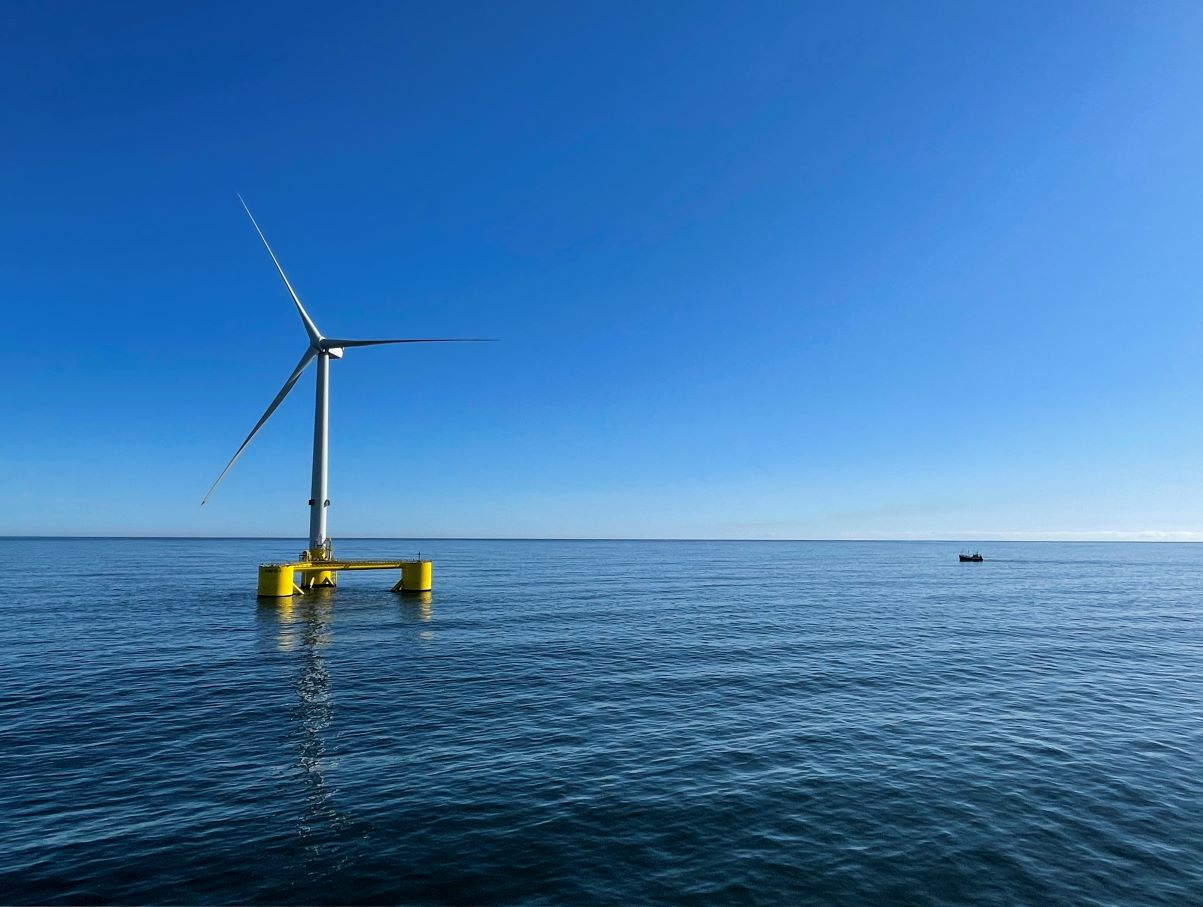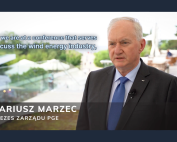The updated National Energy Independence Strategy was adopted by the Seimas on 27 June. The document aims to make Lithuania a fully energy independent country by 2050 that produces energy for its own needs and exports it.
“This Strategy is the most important document outlining the development of the energy sector for the coming decades,” says Dainius Kreivys, Minister of Energy. “It is extremely necessary not only because we have achieved key strategic objectives over the recent years, but also because the energy sector worldwide is undergoing a considerable transformation and we need to be ready for it.”
According to Mr Kreivys, in 2050 Lithuania will not only be fully self-sufficient in electricity, but will also export it to other countries.
“We are already laying the foundations for a high value-added energy industry, and for the production of hydrogen derivatives such as green synthetic fuels, methanol, ammonia, synthetic methane and others. Competitive conditions will be created for the development of new production and storage capacities for electricity and other energy resources, with a view to maximising their use in Lithuania,” adds the Minister.
The Strategy has 4 main objectives – to ensure a secure and reliable supply of energy to all consumers, to achieve 100% climate-neutral energy for Lithuania and the region, to transition to an electricity economy and develop a high value-added energy industry, as well as to ensure the accessibility of energy resources for consumers.
The National Energy Independence Strategy is designed to bring about fundamental changes in the energy sector. One of the main ones is the replacement of fossil fuels by climate-neutral energy sources, which will change the whole energy chain from production to transmission and consumption. Electrification of the energy sector and growth in electricity demand are projected to be the most prominent trends in the energy sector by 2050.
Electricity consumption is estimated to increase more than 6-fold by 2050, from the current demand of 12 TWh to a projected 74 TWh. The largest share of the growth will come from synthetic gas production (35.5 TWh), industrial consumption (12.6 TWh), transport consumption (6.3 TWh), and the heat sector (3.4 TWh).
The changes will enable the acceleration of economic development and the transition to a new energy system, contribute to the growth of social welfare, and safeguard national security interests.
The National Energy Independence Strategy was adopted in 2012 and its revised version was adopted in 2018.
Source: Lietuvos Respublikos energetikos ministerija
















